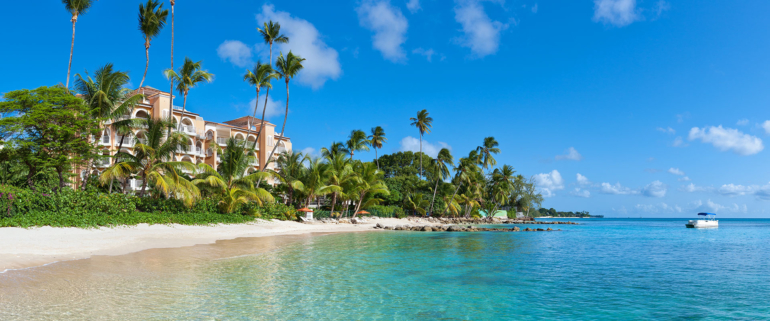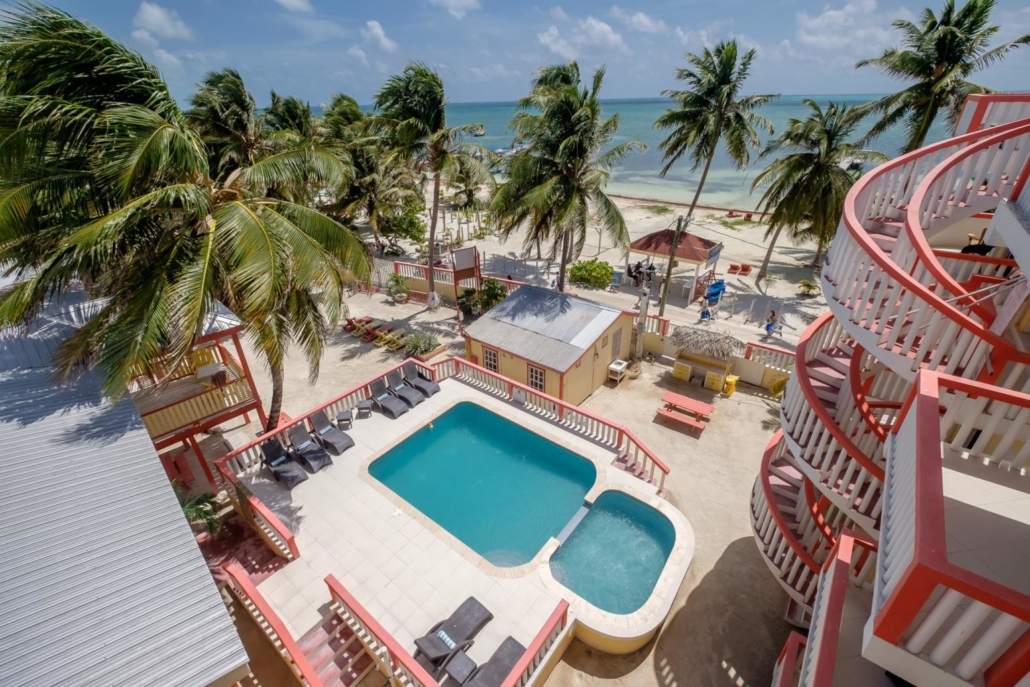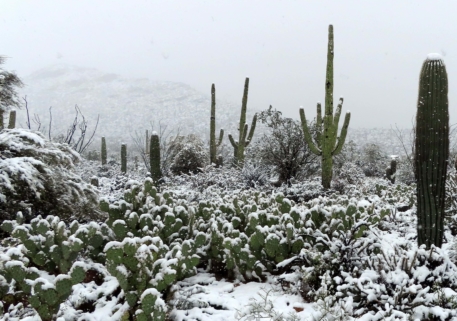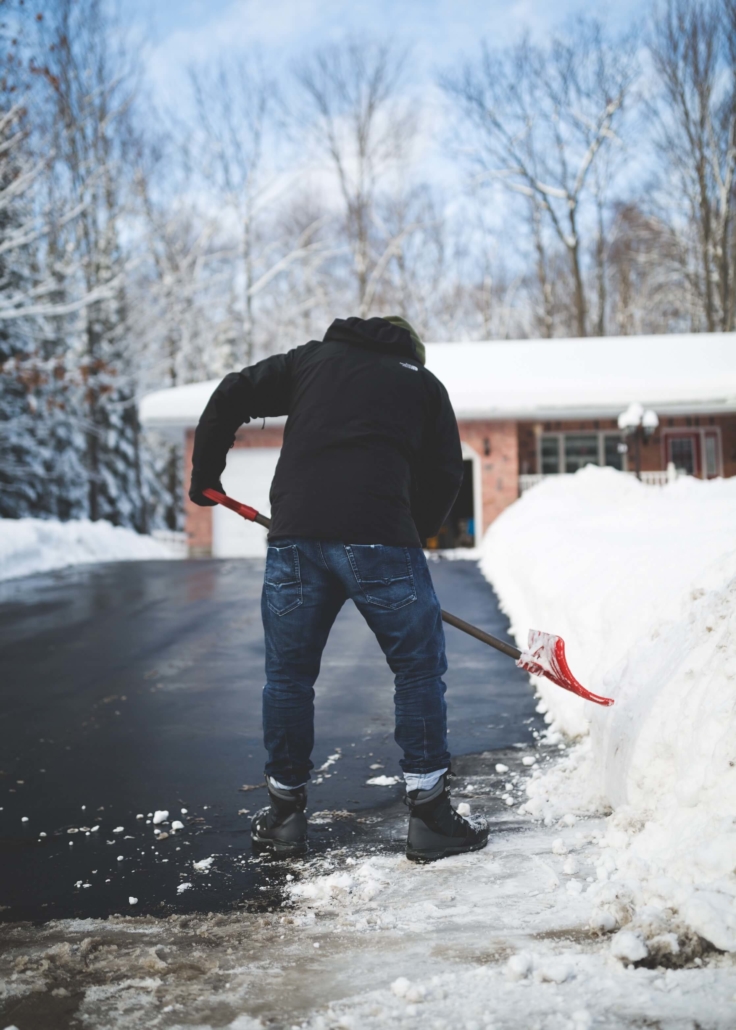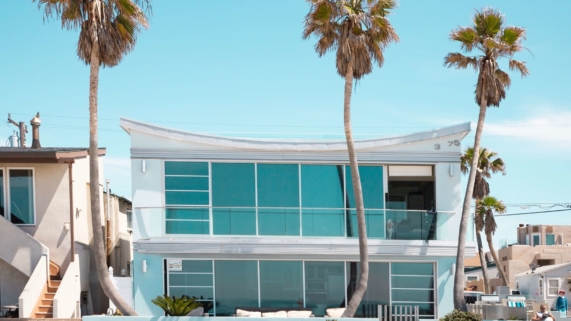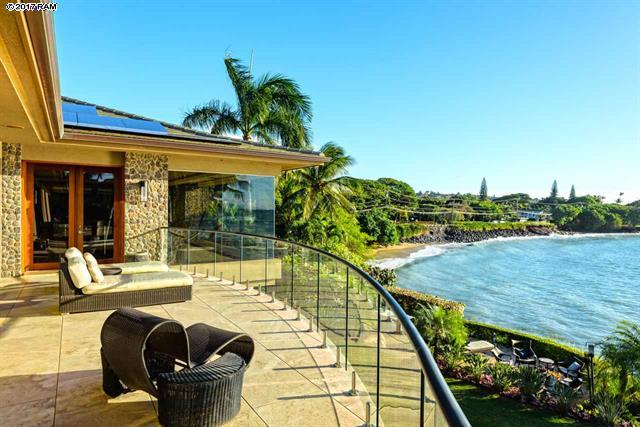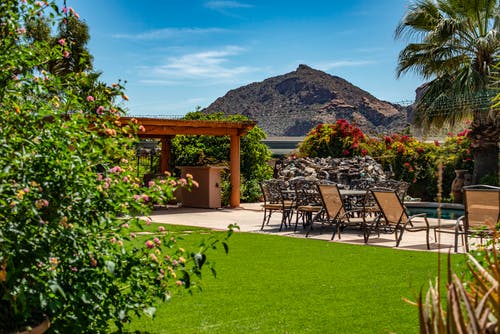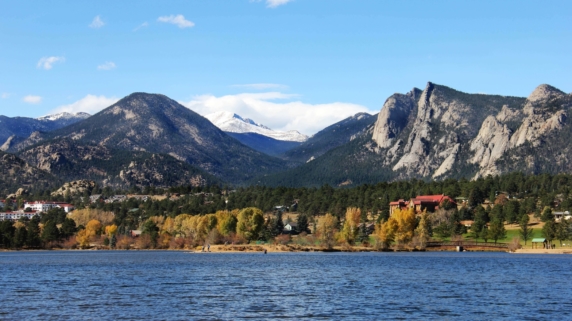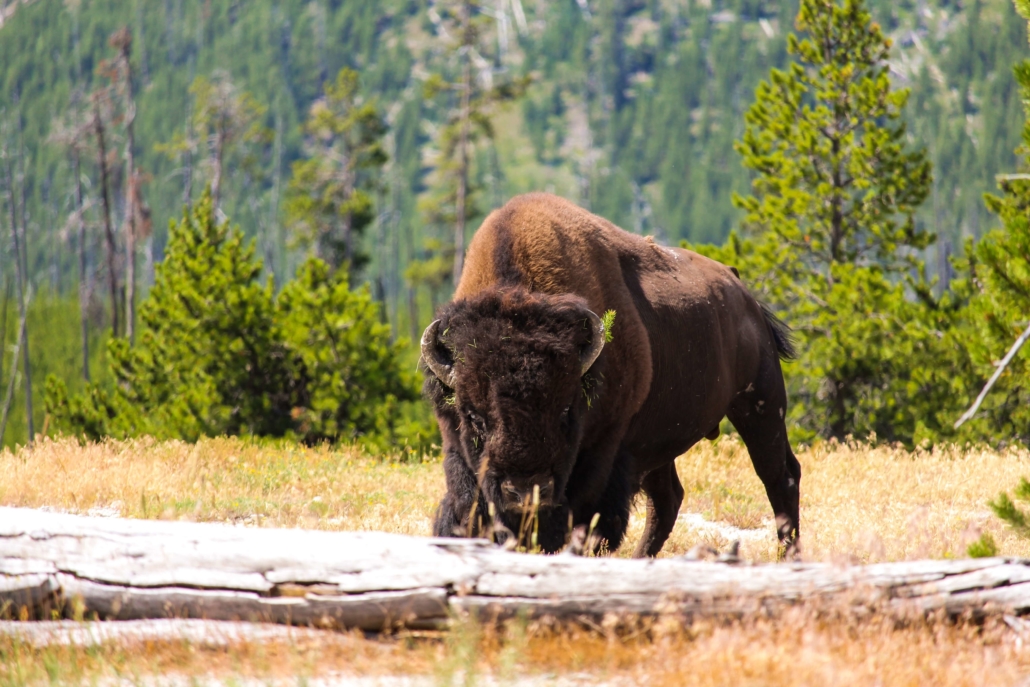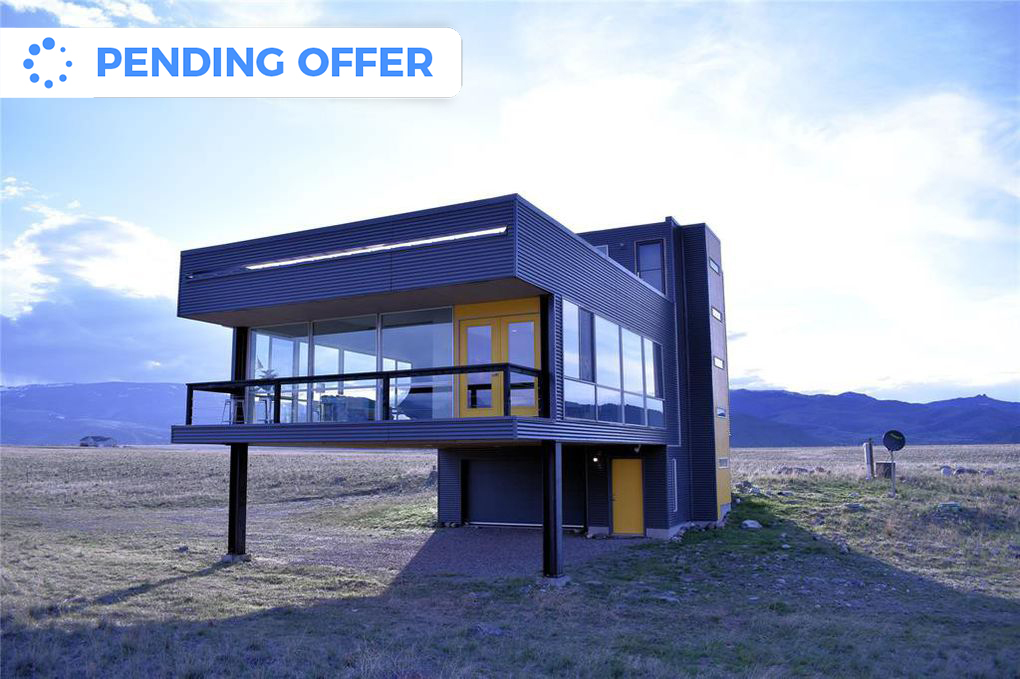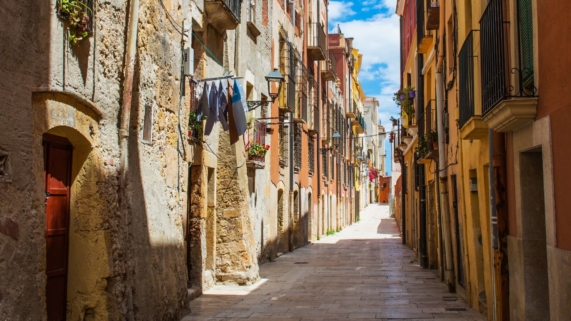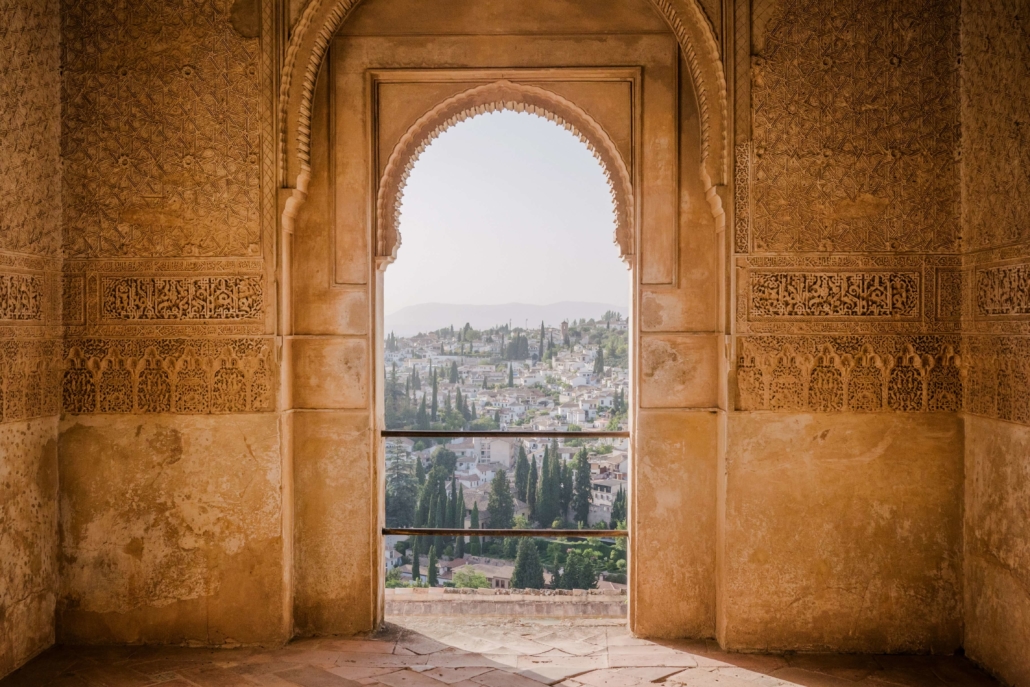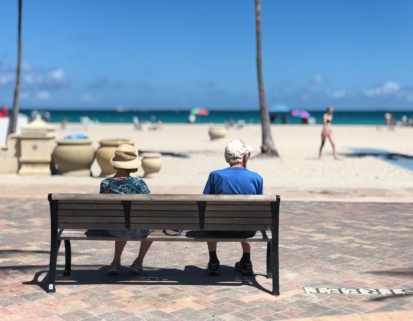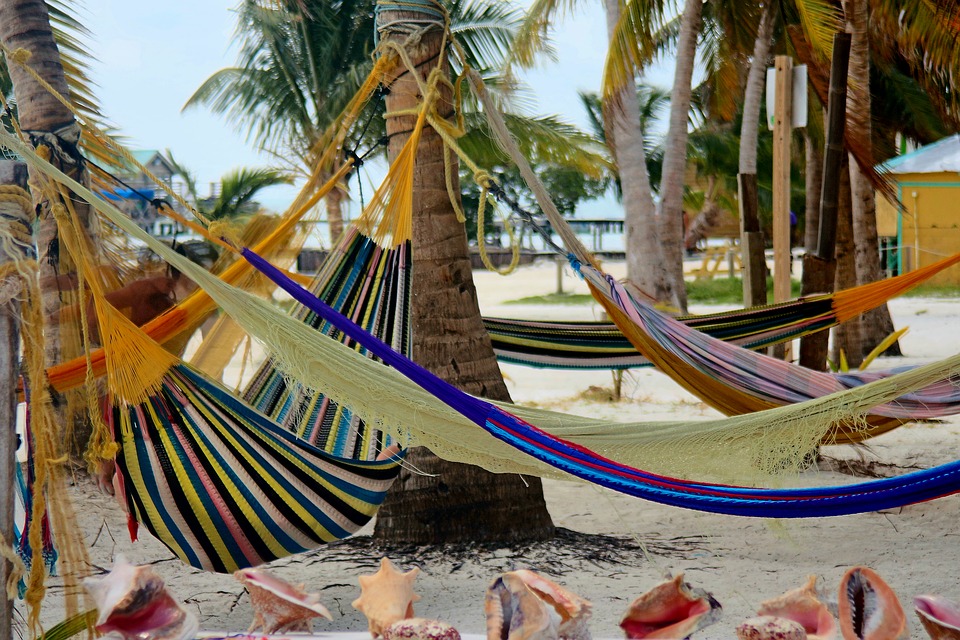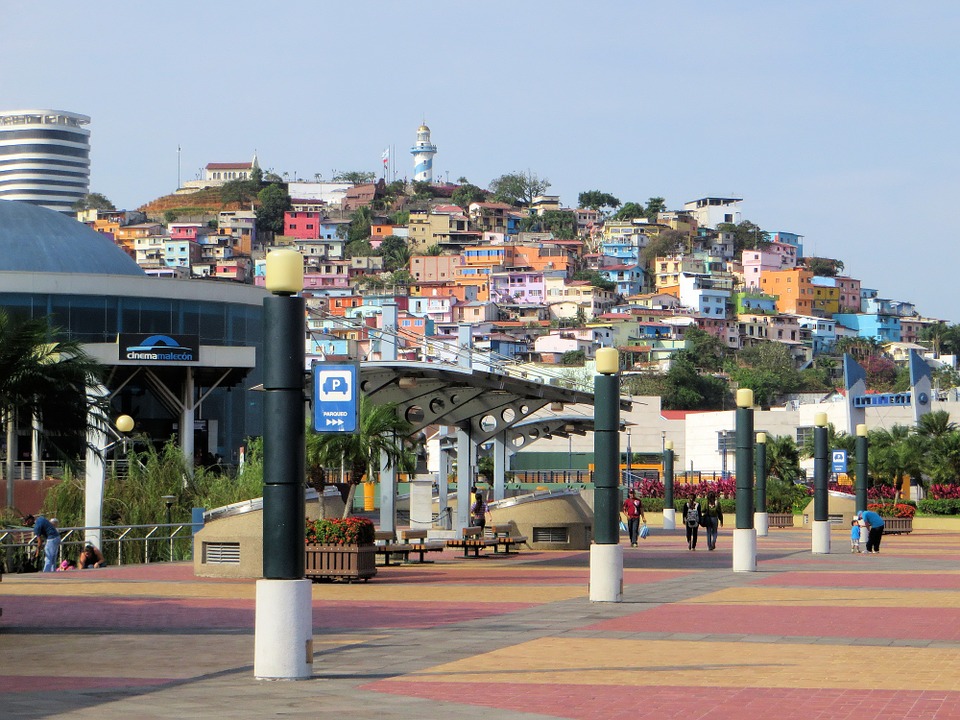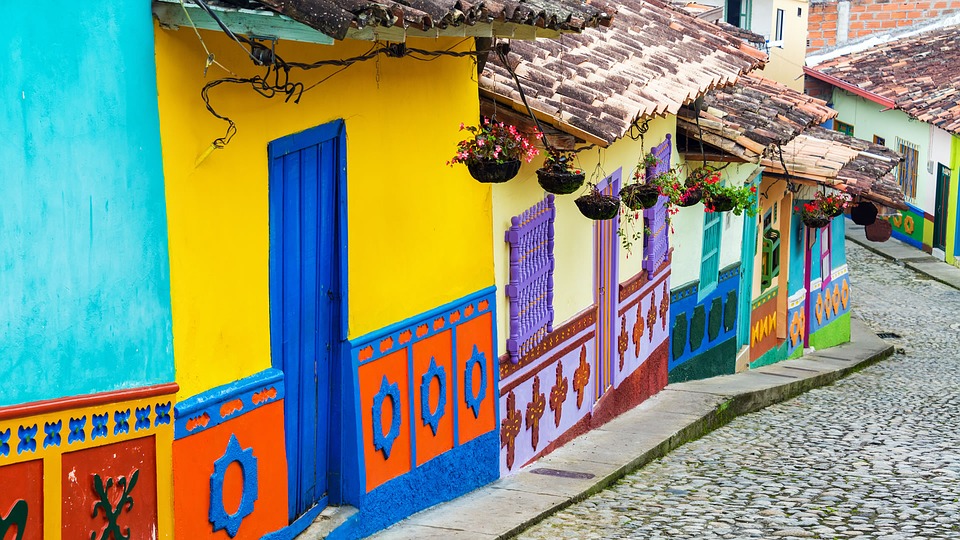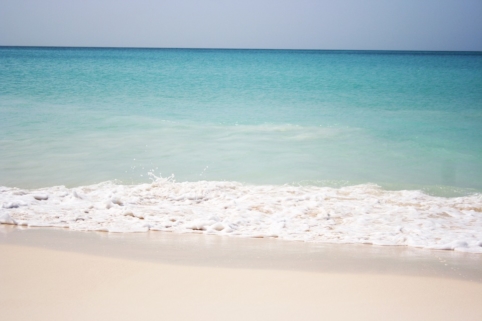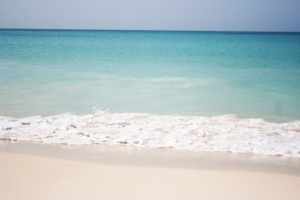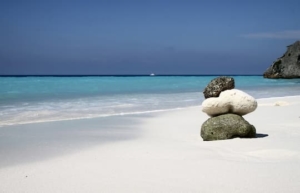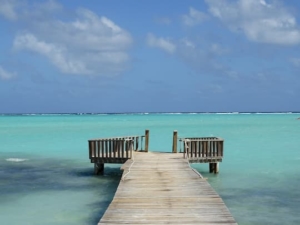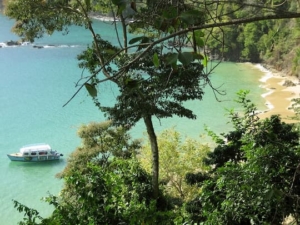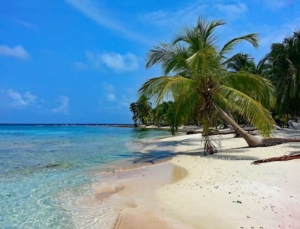How to Market Your International Property
What do cooking, painting, decorating, outfit planning, and real estate marketing all have in common? They all are proof that the devil is in the details.
While we could talk about the details of accessorizing outfits or line movement in art, we’ll stick to what we know best. Because while marketing an international property might seem the same as marketing a domestic one, you’re about to find out how the details make these two selling situations drastically different.
Detail #1: Vernacular is very important.
Thinking of buying a house and renting out bedsits? Do you need a letting agent or a barrister to do so?
While bedsits (single-occupancy rooms) and barristers (lawyers) are U.K. English words, it goes to show that language differs a lot — even across English-speaking countries. For this reason, it’s essential to know the lingo that your international buying audience uses and searches for.

Here are some tips to ensure your listing is linguistically accurate:
- Measuring units: Convert to metric or imperial measurements when necessary (or consider using both if your buying audience is also international).
- Use outside resources: Find websites with real estate glossaries specific to a region or talk to someone local who has great insight.
- Keep it simple: Sometimes it still makes sense to list in English even if your buying audience doesn’t speak American English. If that’s the case, avoid lengthy and descriptive text — a text is considered difficult to read even when a person understands 98% of the words. When potential buyers can’t understand what you’re writing, they’re much more likely to give up on your listing.
Detail #2: Pictures are priceless.
Most of the time, international properties are not sold to locals but to buyers living outside of the region or country. When traveling takes hours or even days, you need knockout, professional photos that show buyers this property is worth the trip.
With that in mind, honesty is crucial. If your property is further from the beach but your listing makes it seem closer, you’ll turn off potential buyers. Make sure photos accurately depict your property so that potential buyers know what to expect when they visit.
Detail #3: Amp up amenities.

This detail is definitely a real estate marketing tip that transcends borders. Everyone wants to know what your property has to offer! Is your house walking distance to downtown? Does it come with a pool? Are the views sensational? Is the bathroom newly remodeled with a to-die-for shower? Every property has its own unique benefits — use photos and your listing to make these benefits both enticing and clear.
You might want to downplay the less-than-stellar aspects of your property (HOA fees, anyone?) but being upfront is essential. If a potential buyer feels like something is sprung on them, they’ll most likely back out. Honesty is always the best policy.
Detail #4: Web presence is powerful.
While very rare, it is possible to get away with a newspaper ad or sign out front for a domestic real estate listing. However, we can’t emphasize enough that a web listing is virtually necessary for marketing your property. This becomes even more true with international real estate marketing — you will likely never sell an international property without an online listing.
But this is where it gets tricky. Since sites like Zillow don’t list internationally, how can you get your overseas property out there?
RealtyHive is the answer. We offer marketing and international listings to get your property the attention it needs. And since we always list international properties, we have the marketing skills you’re looking for. Sell with RH today!

